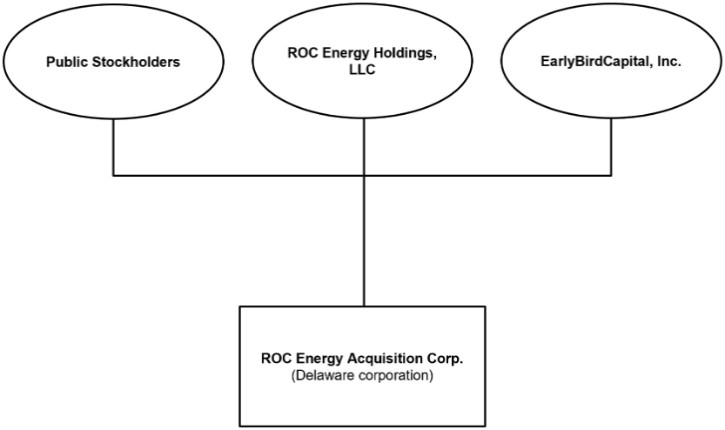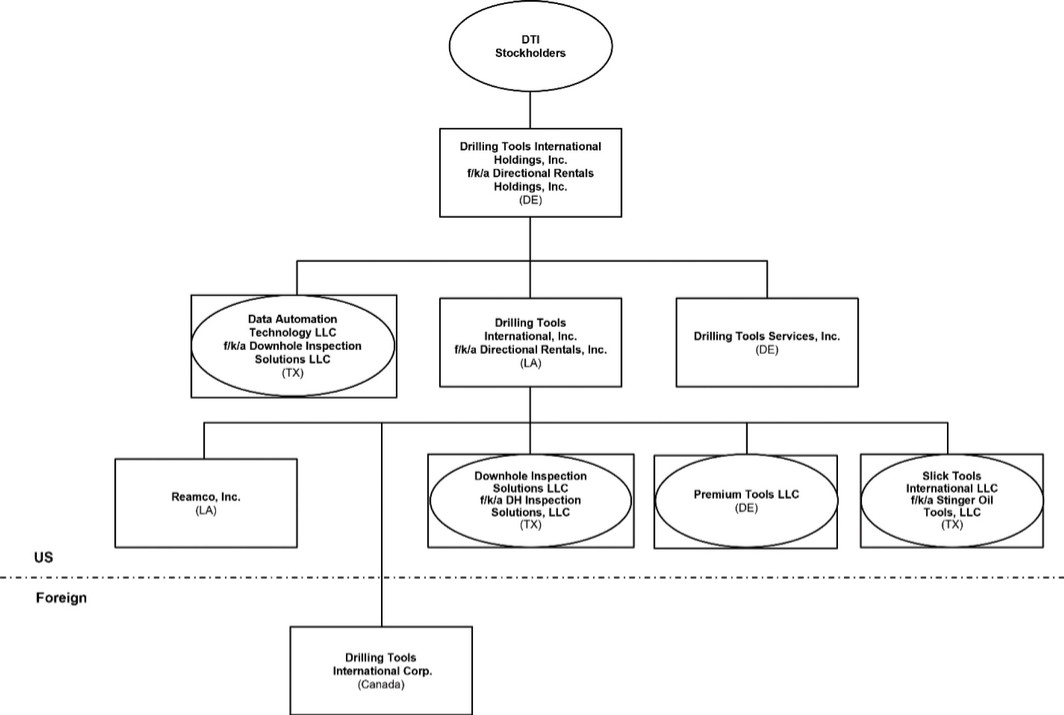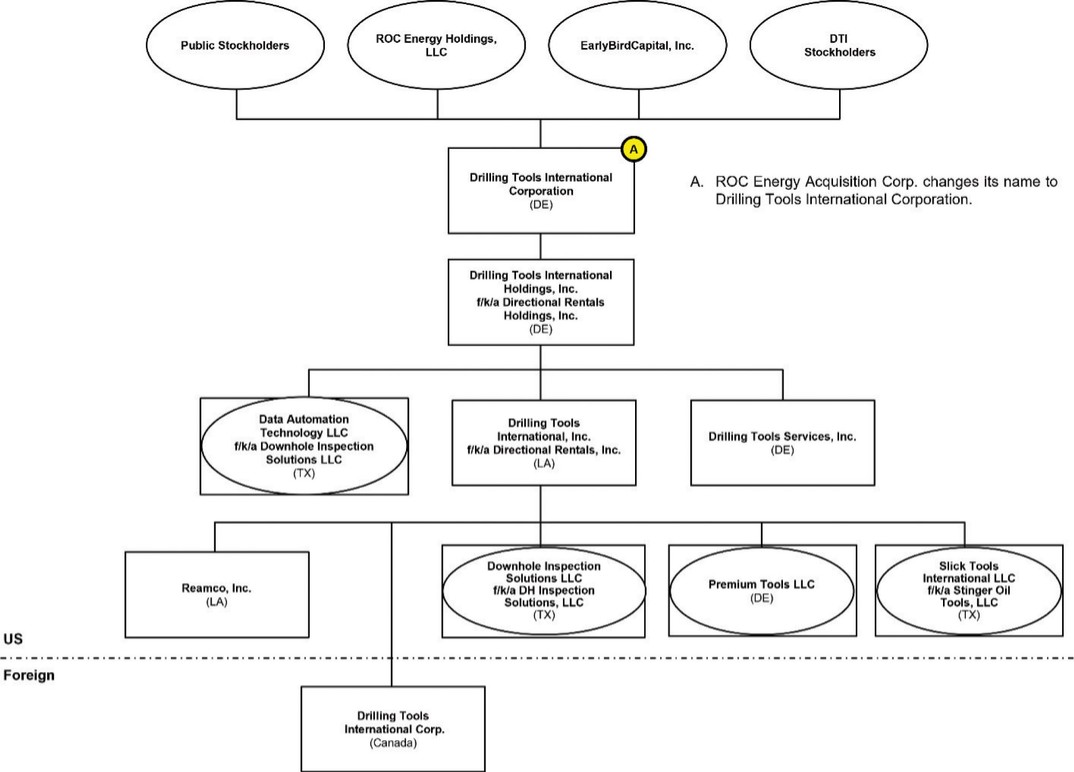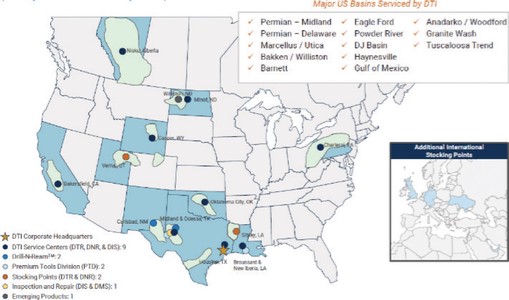The information in this preliminary proxy statement/prospectus/consent solicitation statement is not complete and may be changed. The securities described herein may not be sold until the registration statement filed with the U.S. Securities and Exchange Commission is declared effective. This preliminary proxy statement/prospectus/consent solicitation statement is not an offer to sell these securities and it is not soliciting an offer to buy these securities in any jurisdiction where the offer or sale is not permitted.
PRELIMINARY PROXY STATEMENT/PROSPECTUS/CONSENT SOLICITATION
STATEMENT-SUBJECT TO COMPLETION, DATED APRIL 3, 2023
PROXY STATEMENT OF
ROC ENERGY ACQUISITION CORP.
PROSPECTUS FOR UP TO
27,931,604 SHARES OF COMMON STOCK
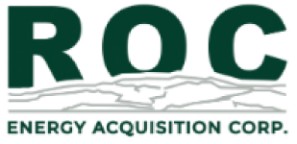

Dear Stockholders of ROC Energy Acquisition Corp.:
You are cordially invited to attend the special meeting (the “special meeting”) in lieu of the 2023 annual meeting of stockholders of ROC Energy Acquisition Corp. (“ROC,” “we,” “our,” “us” or the “Company”), which will be held at 10:00 a.m., Eastern time, on , 2023, via live webcast at the following address: . At the special meeting, ROC stockholders will be asked to consider and vote upon the following proposals:
| ● | The Business Combination Proposal — To consider and vote upon a proposal to (a) approve and adopt the Agreement and Plan of Merger, dated as of February 13, 2023 (the “Business Combination Agreement”), among ROC, ROC Merger Sub, Inc., a Delaware corporation and a wholly owned subsidiary of ROC (“Merger Sub”), and Drilling Tools International Holdings, Inc., a Delaware corporation (“DTI”), pursuant to which Merger Sub will merge with and into DTI, with DTI surviving the merger as a wholly owned subsidiary of ROC and (b) approve such merger and the other transactions contemplated by the Business Combination Agreement (the “business combination” and such proposal, the “Business Combination Proposal”) (Proposal No. 1). A copy of the Business Combination Agreement is attached to this proxy statement/prospectus/consent solicitation statement as Annex A. The majority owner of DTI is HHEP-Directional, L.P. (“HHEP”), a Delaware limited partnership and affiliate of Hicks Equity Partners LLC. As of the date hereof, HHEP owned 76% and 68% of DTI's issued and outstanding shares on a non-diluted and fully diluted basis, respectively. Following the consummation of the business combination, HHEP will hold a significant percentage of the issued and outstanding shares of PubCo (as defined herein), which may exceed 50%. As a result PubCo may be a “controlled company” within the meaning of the applicable rules of Nasdaq and qualify for exemptions from certain corporate governance requirements. If PubCo relies on these exemptions, its stockholders will not have the same protections afforded to stockholders of companies that are subject to such requirements. |
| ● | The Nasdaq Proposal— To consider and vote upon a proposal to approve, for purposes of complying with applicable listing rules of the Nasdaq Global Market, (a) the issuance of up to 23,253,533 shares of common stock, par value $0.0001 per share, of ROC (the “Common Stock”) pursuant to the Business Combination Agreement and (b) the issuance and sale of shares of Common Stock in a private offering of securities to certain investors (the “Nasdaq Proposal”) (Proposal No. 2). |
